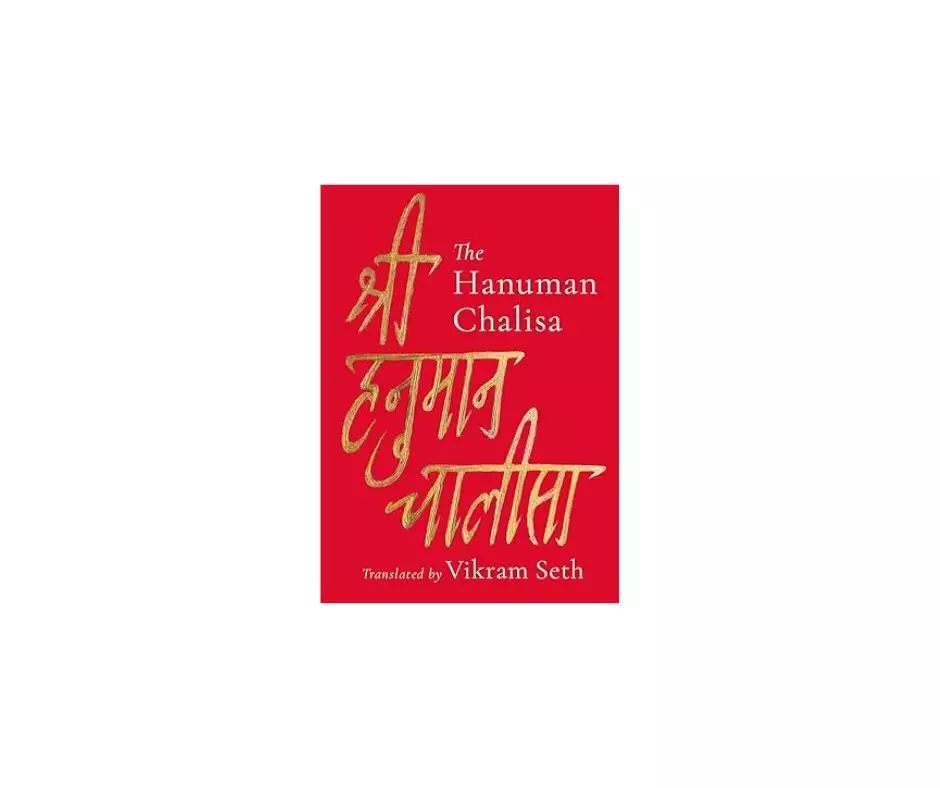Book Review | Timeless hymn, glibly rendered

Vikram Seth seems to have finally surfaced from his prolonged creative hibernation to write a translation of Tulsidas’ Hanuman Chalisa. It is a small, slim volume, where one full page is occupied by one two-line chaupai, and the next full page by a two-line English translation. Since the Chalisa, as the name itself makes clear, consists of chaalis or 40 chaupais, the total length of the book is just about a hundred pages, including the translation of two introductory dohas, and one closing one, and a short Introduction.
It must have required the full ingenuity of Ravi Singh, the very talented editor of publishers Speaking Tiger, to convert such miniscule material into a book! A fairly competent translation on the web, is of four pages, with the original given on one-half the page, and a matching English translation on the other half. The translation was done by Seth — as he himself admits — 10 years ago as a “labour of love”. So, all the publishers had to do was to persuade Seth to publish it, with the obvious intent to capitalise on his formidable reputation, based on some exceptional earlier books, including the best-seller, A Suitable Boy, which was made into a popular teleseries.
The translation is useful, especially since the original is in Awadhi, and enables the widely recited Chalisa to reach a wider audience. For the most part, it is competent as well, given Vikram’s felicity in English, especially the art of rhyme and metre. But there are obvious flaws. In the very opening doha, his translation of the line, “barnau raghubara bimal jasu, jo dayaku phal chaari” as “I sing of Ram, from whom all things come, truth, means, desire and freeing”, is to my mind, a rather inexact rendering. The word “bimal” means pure, unblemished, clean and untainted. It can hardly be translated in the manner he has done. Again, “phal chaari”, refers to the four purusharthas of the Hindu worldview: Dharma, artha, kama and moksha. It is unacceptable simplification to translate dharma into truth, when the most commonly accepted meaning of the word is right conduct. Nor can artha be reduced to “means”.
Similarly, the last two lines of the opening second doha, “bala buddhi vidya dehu mohi, harahu kalesa bikaar”, is translated by him as “Grant to me wisdom, knowledge and strength; take every blemish away.” While the translation of the first line is simple enough, “kalesa” means strife, discord, grief, etc., and “bikaar” means disorder, either physical or mental, and represents the six vices. Vikram’s translation as “take every blemish away” is far from adequate.
Of course, I grant that in translations that seek to retain the rhythm, metre and cadence of the original, some liberties can be taken with exact meanings. Yet artificial simplifications will not do, unless they are supported by separate explanatory notes. This book would have been far more substantive if it had additional material supplementing the translation and a commentary elaborating on the background of the original composition.
Seth admits that that was his original intention. In the Introduction, he writes: “I was first tempted to add a few notes... But I eventually decided against this on the grounds that it would encumber a simple translation with too much by way of apparatus.”
In my view, he took the wrong decision, and chose the easier option, out of sync with his own erudition and the expectation of readers.
The Hanuman Chalisa
Tr. by Vikram Seth
Speaking Tiger
pp. 100; Rs 399

